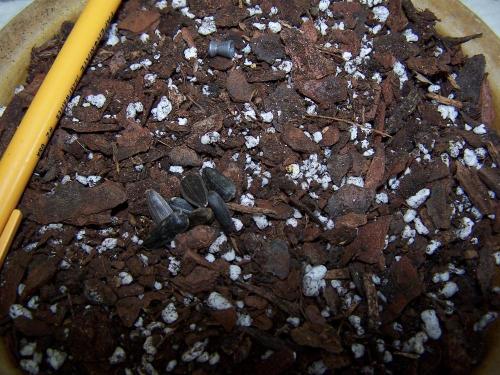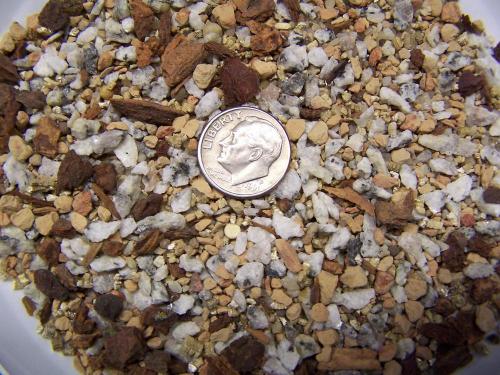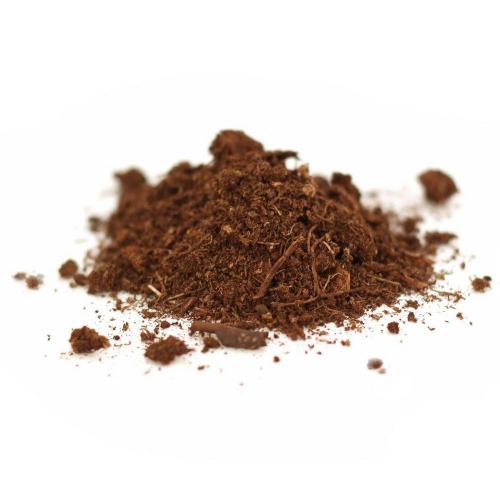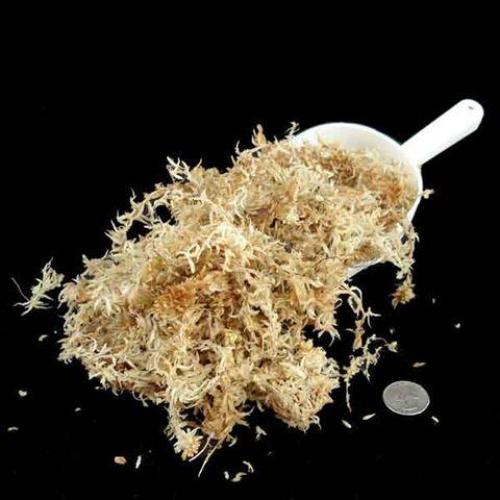@Phurpa 
Need more information. Are you actually starting a nursery business?
Your choice of potting media has a large impact on what kind of opportunity your plants will have to realize as much of their genetic potential as possible. The easiest potting media to grow in and the the type of media that allows your plant to realize as much of its potential as possible will be one that holds very little (or none at all) excess water. Excess water (aka 'perched water') is water held between soil particles where it displaces air and affects root function or health. Excess water in the medium can rob your plant of 100% of its growth potential because it kills fine roots via oxygen deprivation. Death of the plant's finest roots, the ones that do all the plant's heavy lifting, cause the plant's chemical messengers to inform plant central to stop all top growth until the plant has replaced/regenerated a volume of lost roots that makes the root system capable of adding new top growth.
The size of the particles that make up the grow medium primarily determines how water-retentive a medium is. Coir, is very fine. As such, it holds a LOT of excess water. Also, commercial ops that water from the top usually limit coir to less than 10% of a medium because coir compacts very easily which makes it even MORE water retentive. So physically, coir is quite different from peat. It is also quite different chemically. Using coir as the primary component of container media virtually eliminates lime or dolomitic lime as a possible Ca source because of coir's high pH (6+). Gypsum should be used as a Ca source, which eliminates coir's low S content. All coir products are very high in K, very low in Ca, and have a potentially high Mn content, which can interfere with the uptake of Fe. Several studies have also shown that the significant presence of phenolic allelochemicals (toxic to a notable % of plants) in fresh coir can be very problematic for a high % of plants, causing poor growth and reduced yields.
I have no idea what's available where you live insofar as media ingredients are concerned, but I would caution you against using a large fraction of coir in any medium for all the reasons listed. It just can't be considered as a direct replacement for peat.
Personally, I have experimented with coir (and CHCs [coconut husk chips]) several times and been disappointed every time I used it. Even when substituted for peat in a 5:1:1 mix of 5 pine bark, 1 peat, 1 perlite, results were conspicuously sub-par.
Unfortunately, there is no way to amend coir to make it drain well, especially after a few waterings from the top. You cannot start with a large fraction of coir and amend it by adding perlite. If you start with a half jar of coir and fill the rest of the jar with perlite (and mix), you would still have a poorly aerated medium. Reason: as long as there is enough coir to fill all the air spaces between the perlite, aeration will remain poor.
Too, coir's high pH precludes use of dolomite or other liming products, and it's high K content means you'd need to figure out a way to work around that issue as well. All the above is especially true if indeed you are starting a nursery business.
My suggestion would be to see what nursery ops are using for their media. I'm guessing their media will be based on a very large fraction of coarse material, like pine bark, and a small fraction of something finer (peat, boiled rice hulls, possibly a small fraction of coir, and they will be cognizant of the work-arounds coir requires for best results and have them in place.
Below see the 2 types of media I use. Both are based on very large fractions of coarse material adjustable for water retention by varying the volume of fine material they contain. I haven't purchased a commercially prepared medium since about 1980, reason being commercially prepared potting media based on fine materials like peat, coir, compost, composted forest products, sand, topsoil, etc., cannot offer plants an equal opportunity when it comes to realization of their genetic potential.


Al



